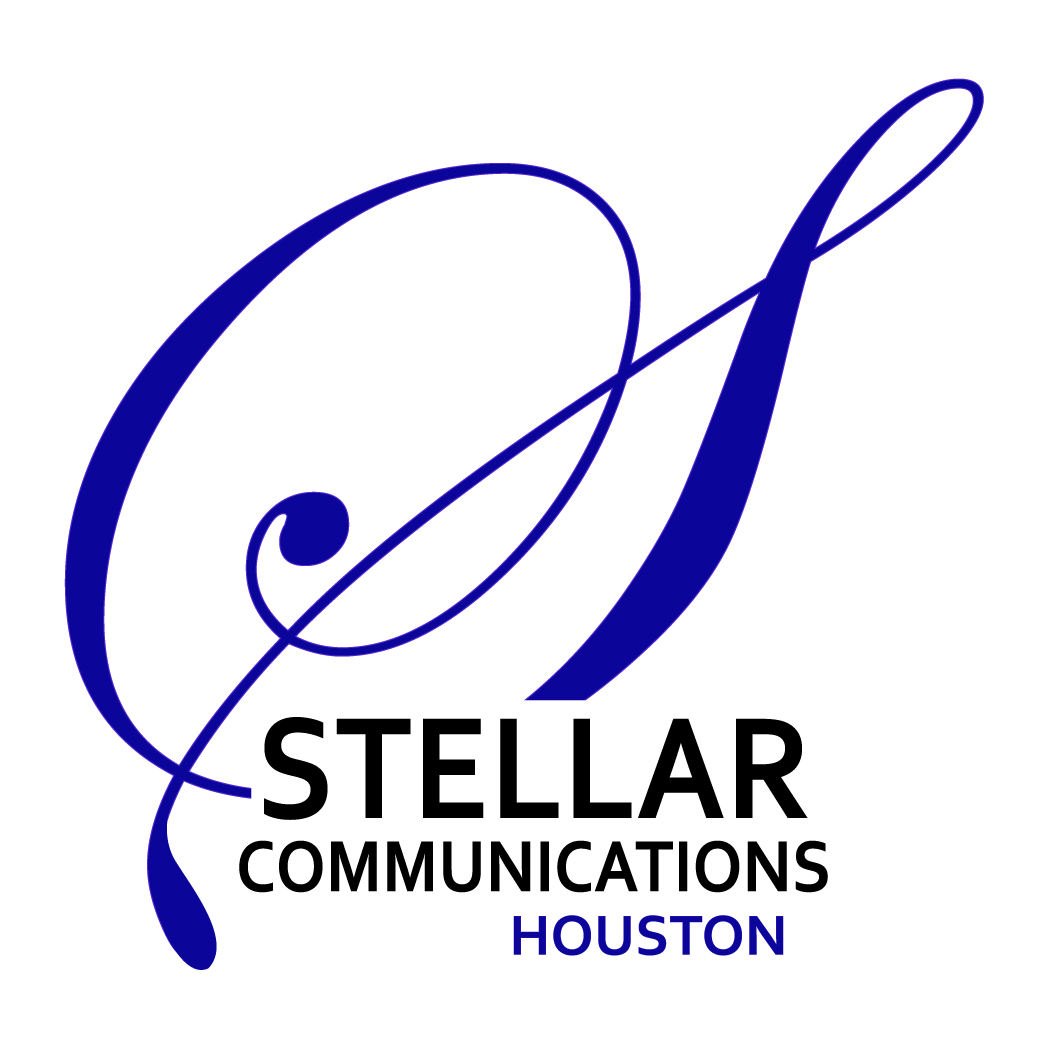Play ball!
My family was eager to celebrate Opening Day of Major League Baseball two weeks ago. We grabbed our jerseys and gathered around the TV with popcorn, peanuts, and dollar hot dogs, rooting for our team between mouthfuls of mustard.
The traditions surrounding the sport are what make it special. There’s the ceremonial first pitch, the national anthem, and the seventh-inning stretch. Vendors, bobbleheads, and mascot antics. Foam fingers, entrance songs, and post-game fireworks.
Baseball fans count on each of these elements in a ballgame. Although the outcome of each game is unique, we want the traditions around the sport to remain the same. The traditions serve as familiar markers that prepare the audience, build anticipation, focus our attention, and satisfy our expectations.

A few family memories. That’s my grandmother walking to the mound in 2012 to throw the first pitch.
This season, baseball historian Glenn Cashion taps into the love of the game with his new release, Baseball Is in My DNA. Endorsed by Bruce Springsteen, it’s part regional history book and part memoir. It traces the “glory days” of baseball in Freehold, New Jersey, and the intertwined story of the Cashion family. Photographs, newspaper articles, and players’ recollections bring to life more than 100 years of early game rules, team rosters, tryout tales, and eccentric players.
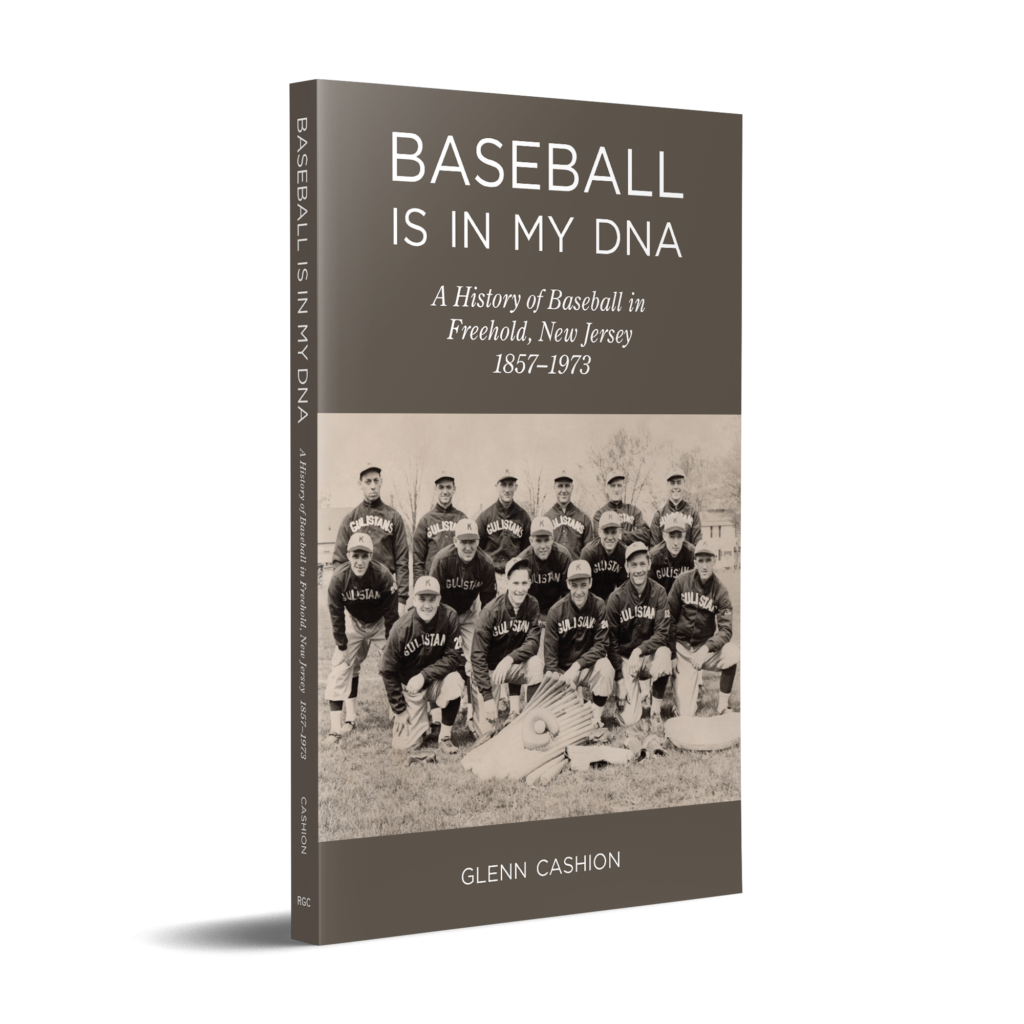

Author Glenn Cashion holding memorabilia featured in his book. Photograph by Asbury Park Press.
Glenn spent a lot of time developing his front and back matter – the content before and after the body of his book – and for good reason. Books are like baseball in that way. There are norms that readers expect in a book, the traditional elements that set the stage for your reader.
Similar to the traditional elements of baseball, the front and back matter surrounding your story prepare your audience, build anticipation, focus attention, and satisfy expectations. Most front matter can be viewed using the “Look Inside” feature on Amazon, so these elements have the power to motivate a reader to purchase your book. This makes front and back matter important selling tools. Glenn reveals his level of professionalism in his attention to these details.
What front and back matter would add value to your manuscript?
Here’s a list of different elements in the front and back matter of a book – and a few examples from Baseball Is in My DNA. You’ll see that each element serves a different purpose. When your nonfiction is complete, consider which elements you can add to support your story. It’s helpful to browse other books in your library to see how other authors handled their front and back matter.
Front matter
▪ Title page – A nonfiction title should be catchy but brief; a subtitle can be longer, providing a clear promise of the takeaway for your reader. A subtitle can also contain keywords as a book marketing tool to help readers discover the title in online searches. Your title page should also feature the author, publisher, and location.
▪ Endorsements page – Your publisher can collect endorsements on your behalf to leverage other influential people. Extra endorsements that are not listed on the book cover are sometimes displayed in the front matter.
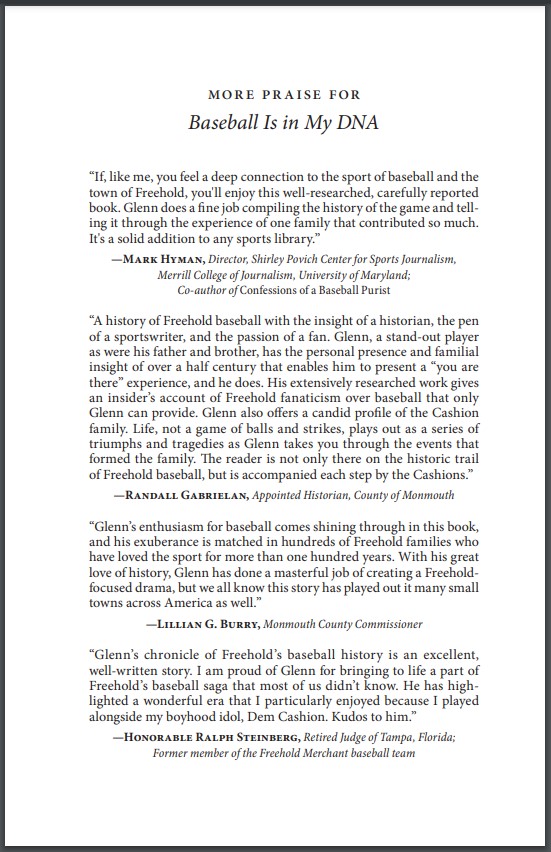
▪ Copyright page – This contains a copyright notice, legal notices, publication information, printing history, MARC record, and an ISBN that uniquely identifies the work. Your publisher will handle this information for your review.
▪ Dedication page – This is your opportunity to single out the person(s) to whom you want to dedicate the book.
▪ Epigraph – This is a short quotation at the beginning of a book or section of a book to suggest the theme of what’s to come. It can be a quote from a famous person, an excerpt or full text of a poem, phrase, lyric, scripture, or definition. It can be a sort of Preface or can set the mood or tone of the following work. It also invites the reader to make a comparison between what the epigraph says and what the rest of the text is about.
▪ Table of Contents – This is compiled by your publisher. It’s an opportunity to craft chapter titles and subtitles that pique readers’ interest.
▪ Foreword – This is a short introduction to the author and the book that is written by someone other than the author, preferably someone notable in the field or industry. It explains WHY a book was written and establishes credibility.
▪ Preface – This is written by the author to tell readers HOW the book and idea came about. For example, an author can provide personal details behind the project or explain the reason for a new edition. It can also include how information was compiled and how the book is different from others like it. The Preface is about the overall project and the process. If a Foreword is not included, the Preface can also answer the question of WHY the book was written.
▪ Acknowledgments – This is written by the author to briefly acknowledge those who have helped him/her in the writing process. It can also be positioned in the back matter rather than the front matter.
▪ Introduction – This provides a framework for WHAT is covered in the book. Here the author sets the stage for readers, preparing them for the material that follows. If the book follows a certain structure or pattern, this is a good place to explain that. The introduction is your opportunity to grab readers and intensify their desire to find out more by telling them what is to be revealed in much greater detail if they continue reading. The Preface and Introduction can be combined into one element if you prefer.
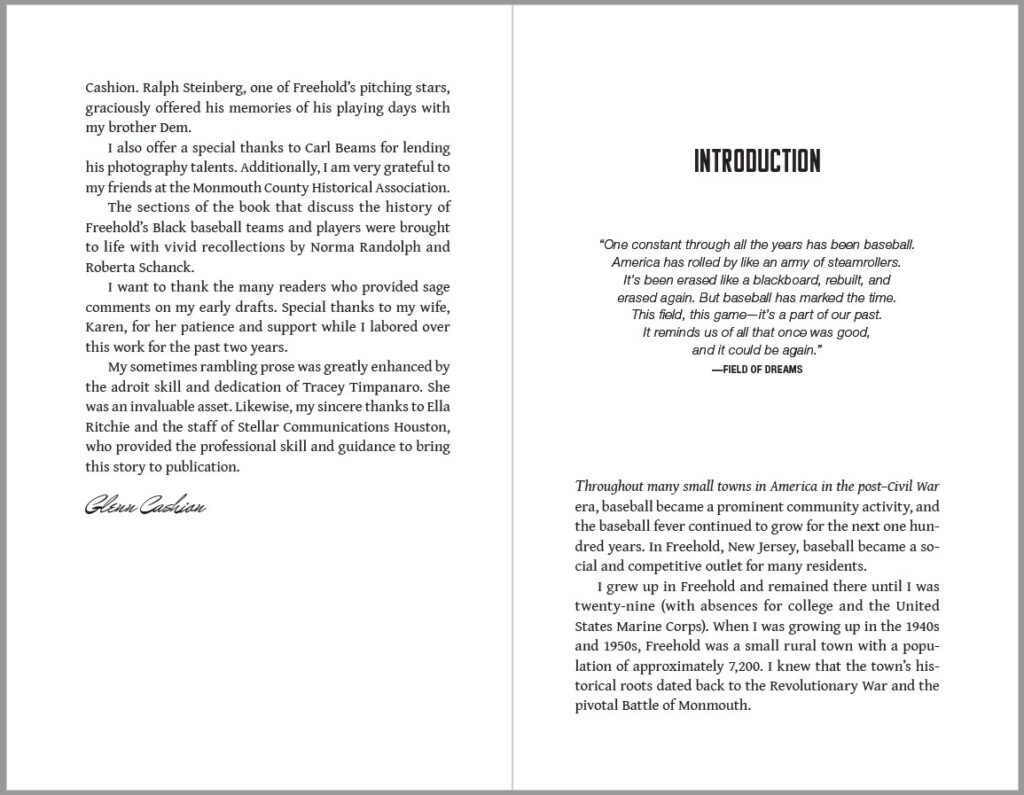
Back matter
▪ Epilogue – An Epilogue is more common in fiction but can also be useful in narrative nonfiction like memoirs or biographies. It’s an extension of the story that comes after the final chapter and supplements or follows up on the main narrative. Its purpose is to tie up any loose ends, reveal the final fates of the people in your book, remind readers of the central themes, or hint at a sequel in a series of works.
▪ Afterword – An Afterword is similar to a Foreword except that it comes after the main body of work instead of before it. Another purpose is to respond to critical remarks made about a previous edition.
▪ Letter to readers – I’m a huge advocate of this opportunity to write a personal note to readers that thanks them and inspires a call to action. Invite readers to contact you, leave feedback for your book online, or join your online audience. Be sure to choose methods of contact that will remain active for a long time. It’s also a good idea to ask for an honest review online.
▪ Notes – Endnotes at the end of each chapter or at the end of your book allow you to provide additional pieces of information without disrupting the flow of your story. They’re designated by superscript numbers in your text and contain citations, parenthetical information, copyright permissions, background information, or authors’ notes.
▪ Foreign terms – Foreign language terms should be defined.
▪ Maps – These are used as visual references.
▪ Appendix – This gives useful additional information, most commonly in nonfiction that involves significant research, such as technical books, histories, and biographies. It’s a place for “bonus material” that bolsters research, provides credibility, supplies original materials, and lists further references. It’s a great place for supplementary information that doesn’t make it into the main body of the book or that might interrupt the flow of a chapter.
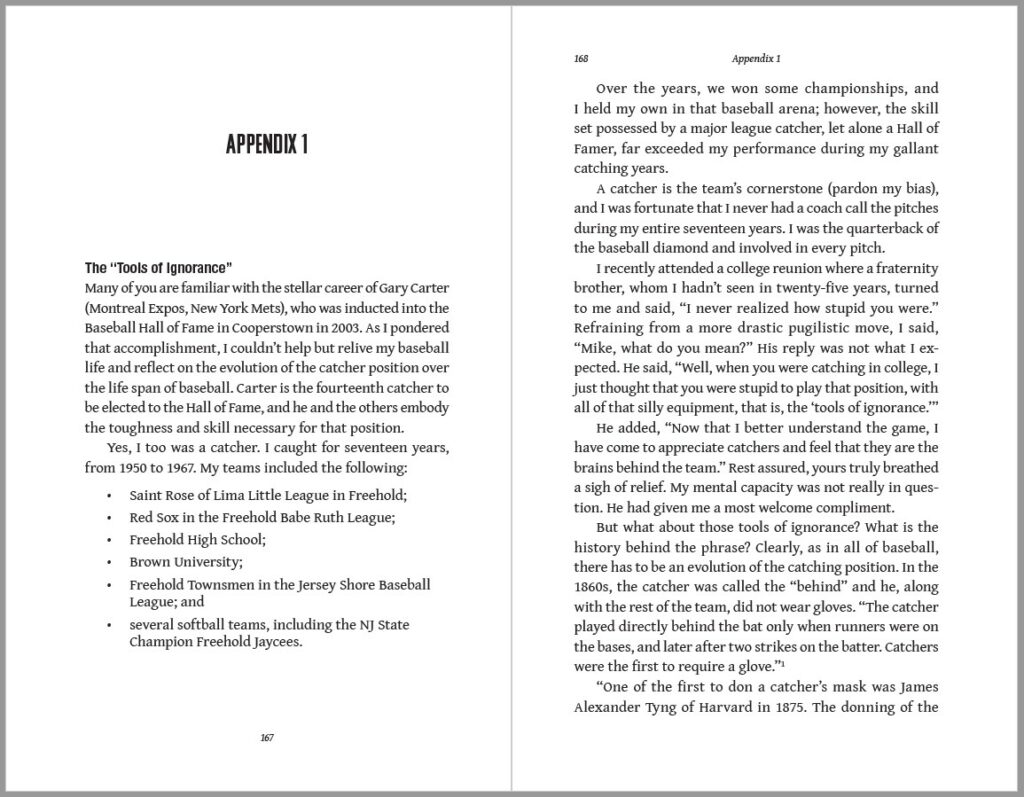
▪ Glossary – This is an alphabetized collection of terms from the book to explain new, uncommon, or specialized terms, providing a clear definition for the reader. Think of it as a personalized dictionary.
▪ Bibliography – This is a list of books or sources that have been used in the book at hand or are relevant in some way. An alphabetical layout is typical. Bibliographies are like roadmaps to further reading.
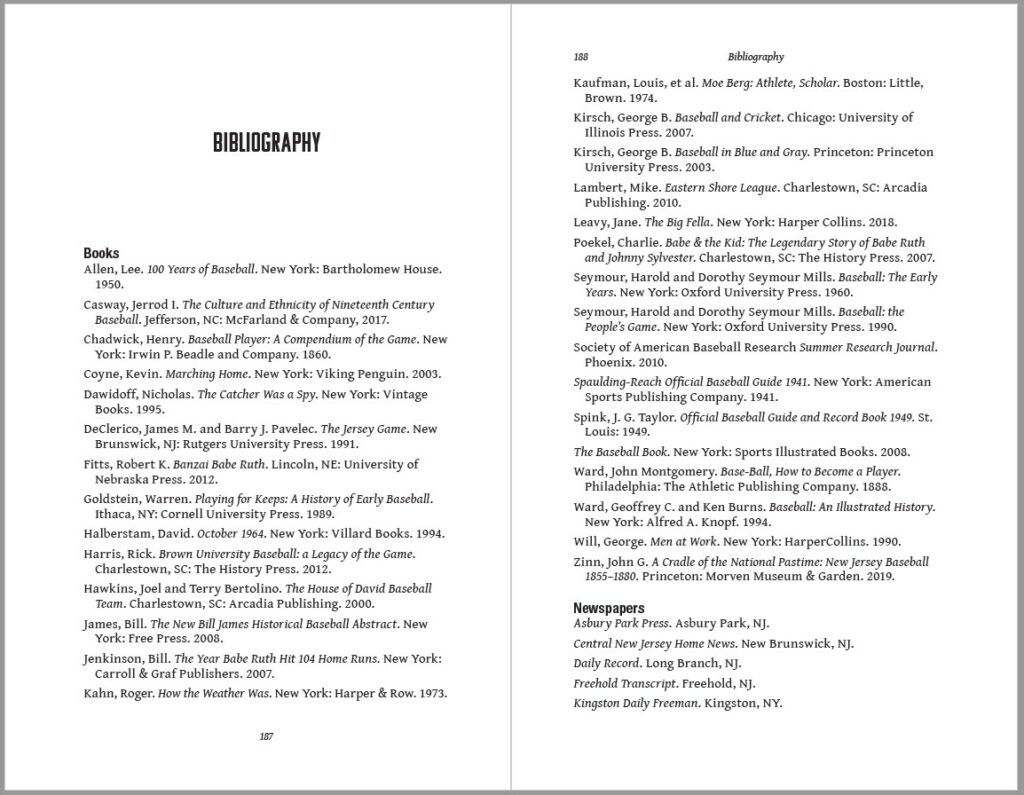
▪ Index – This is used to find terms in the text. This back matter is composed of an alphabetized list of terms and indicates where in the text these terms are used. It’s like a travel guide to the book itself. Indexing requires a professional indexer who notes every reference in a book to a specific term, both literally and conceptually.
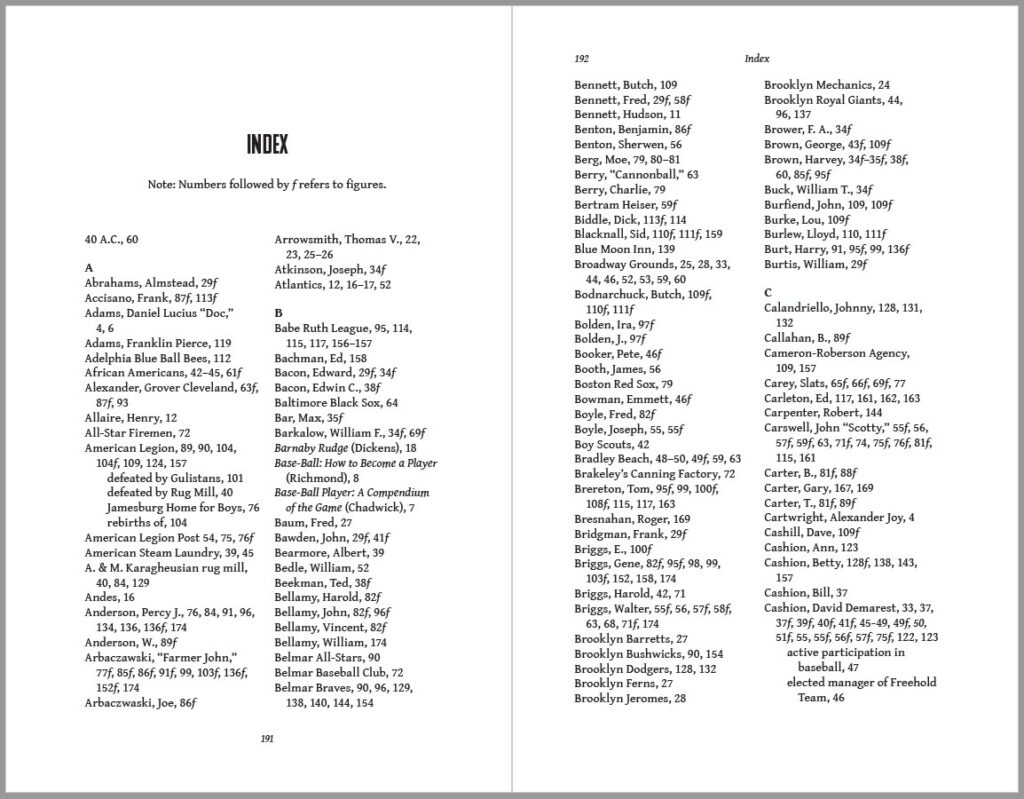
▪ Promotional page – Include a page or two where you can cross-sell or upsell special products or future books to your audience. If your book promotes a cause or business, this is an opportunity to mention contact information, products, and services. You can make a special offer to readers to generate more awareness.
▪ About the Author – This can tell more than the brief bio on the back cover: professional background, education, current business or profession, achievements or awards, previous publishing experience, personal details (family, city of residence, personal interests), contact information (your website URL, e-mail address, phone number), a professional photo, and a call to action (book a consultation or schedule a speaking engagement).
▪ Also by the Author – This is your opportunity to promote other books you’ve written. Feature a promotional page for each book, including the title, synopsis, formats, and participating retailers.
What new front or back matter can you add to your manuscript?
